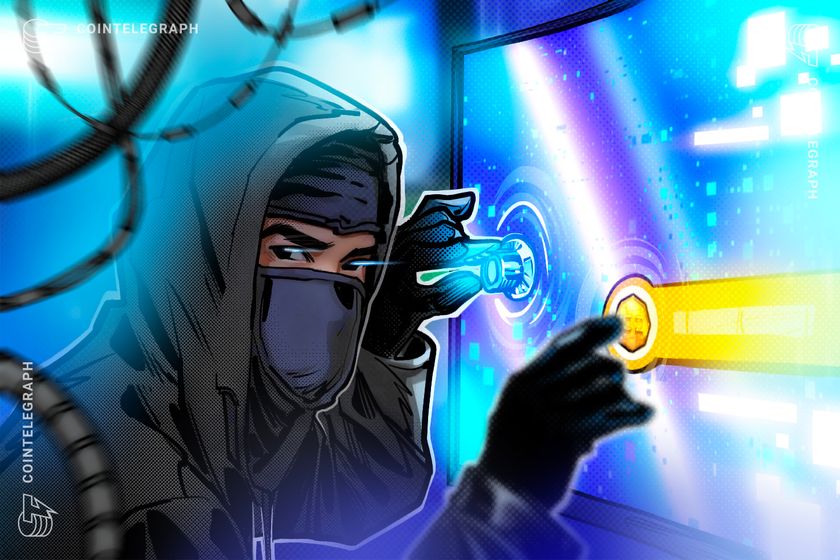Cetus Offers $6M Bounty After $220M Hack; Sui Faces Decentralization Debate
The crypto world is buzzing after a major security breach on the Sui Network. Cetus, a decentralized exchange (DEX) native to Sui, experienced a significant exploit resulting in the theft of over $220 million in cryptocurrency. In response, Cetus has offered a substantial $6 million bounty to the hacker for the return of the stolen funds. However, emergency actions taken by the Sui Network have ignited a debate about the true decentralization of the platform. This incident underscores the ongoing challenges and risks associated with crypto regulation and security in the digital asset space.
The Cetus Hack and Bounty
On May 22, Cetus suffered a massive exploit, losing over $220 million in digital assets. Fortunately, the team managed to freeze $162 million of the stolen funds shortly after the incident. To recover the remaining assets, Cetus has extended an olive branch to the hacker, offering a white hat bounty of up to $6 million for the return of 20,920 ETH (worth over $55 million) and the rest of the frozen funds.
According to a message embedded in a blockchain transaction, Cetus stated, “In exchange, you can keep 2,324 ETH ($6M) as a bounty, and we will consider the matter closed and will not pursue any further legal, intelligence, or public action.” However, the offer comes with a stern warning: failure to return the assets or attempts to off-ramp them or use cryptocurrency mixers will result in full legal and intelligence action.
White hat bounties are common practice in the crypto space, incentivizing ethical hackers to identify vulnerabilities and prevent future exploits.
Sui’s Response and Decentralization Concerns
In the wake of the Cetus hack, the Sui team considered implementing an emergency whitelist function that would allow certain transactions to bypass security checks. This move sparked controversy, with critics arguing that such actions undermine the core principles of decentralization. GitHub activity revealed the Sui team’s consideration of this function to potentially recover funds linked to the hack.
Chaofan Shou, a software engineer at Solayer Labs, noted that the Sui team had requested validators to deploy patched code to seize the hacker’s funds via an unsigned transaction. While some saw the rapid response as a positive step, others viewed it as a contradiction to the ideals of a decentralized, permissionless network.
Pseudonymous crypto sleuth Matteo defended the actions, stating that “This is what real world decentralization looks like. Not just powerless, but responsive and aligned with the community… it’s about the power to act together, without needing permission.”
Broader Trends in Cryptocurrency Hacks
This incident is part of a larger trend of increasing cryptocurrency hacks. As reported , crypto hacks surged to $90 million across 15 incidents in April, marking a 124% increase from March. The industry is still reeling from a massive $1.4 billion loss on the Bybit exchange earlier this year.
Conclusion
The Cetus hack and Sui Network’s response highlight the ongoing tension between security and decentralization in the crypto world. While the bounty offer represents a proactive attempt to recover stolen funds, the debate over Sui’s emergency measures underscores the challenges of maintaining true decentralization in the face of crises. As the frequency and scale of crypto hacks continue to rise, the industry must find innovative solutions to enhance security while upholding the core principles of blockchain technology. As originally reported by CoinTelegraph, the events surrounding the Cetus exploit serve as a stark reminder of the risks and complexities inherent in the rapidly evolving world of digital assets.
Disclaimer
The information provided in this article is for informational purposes only and does not constitute financial advice. All news content is sourced from trusted platforms like Cointelegraph, Bitcoinist, and our own writers written with added value, editorial insights and reviews by our team. Always do your own research before making any investment decisions.



